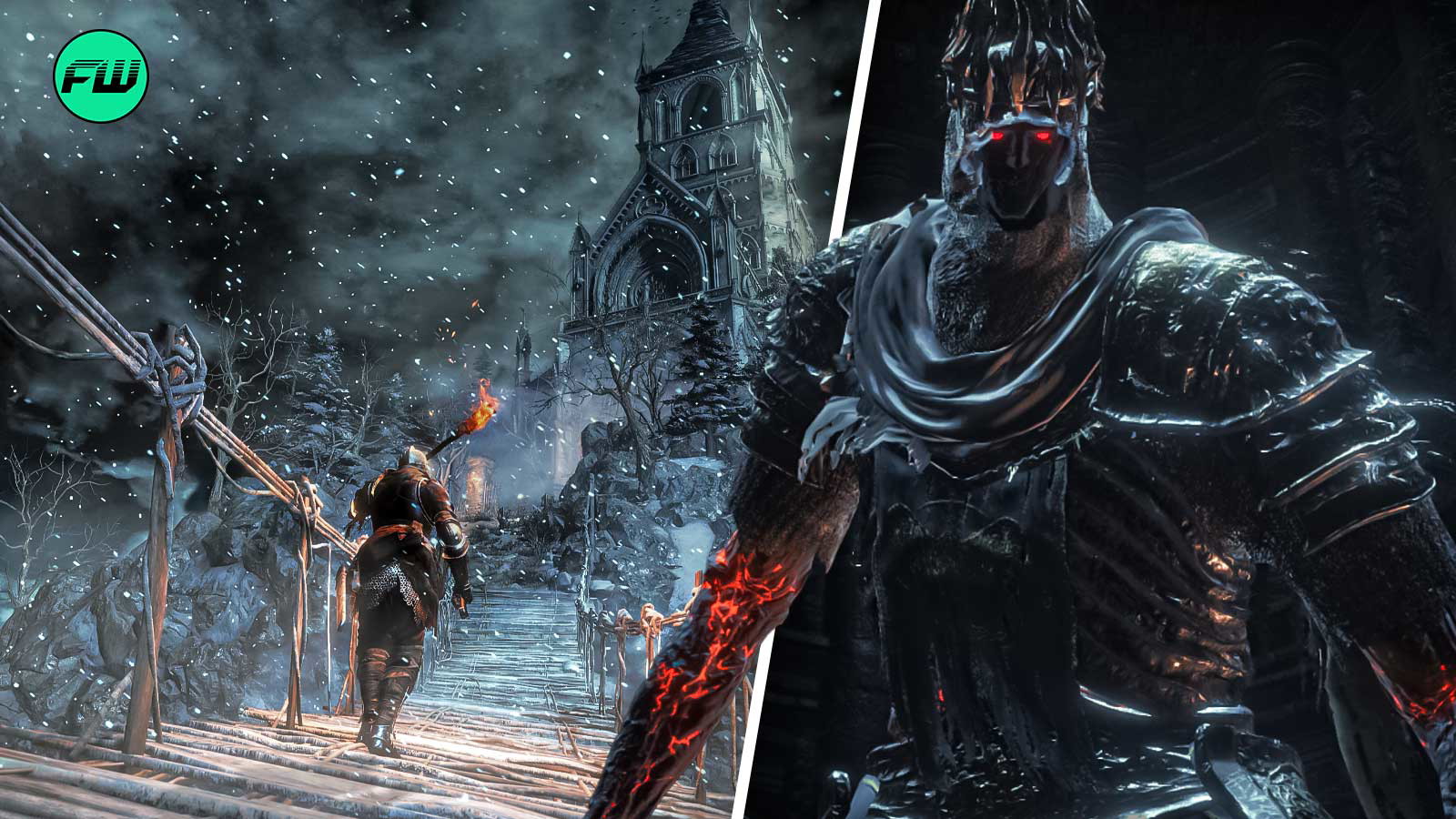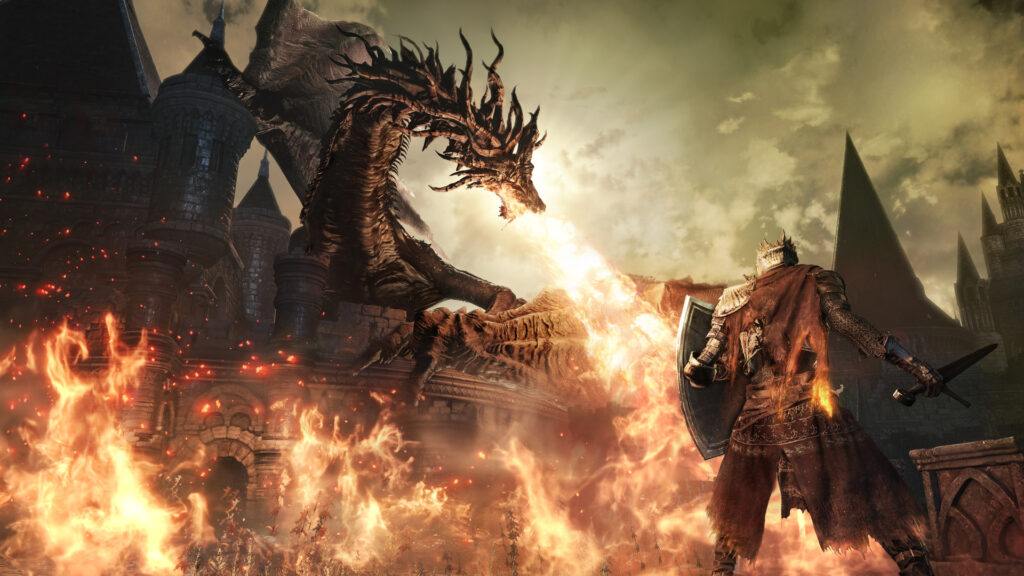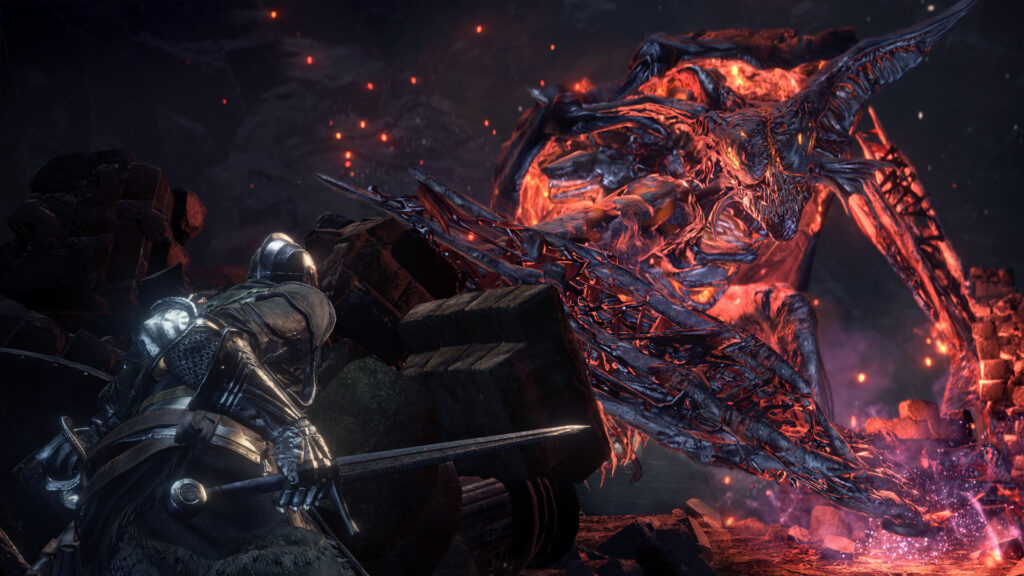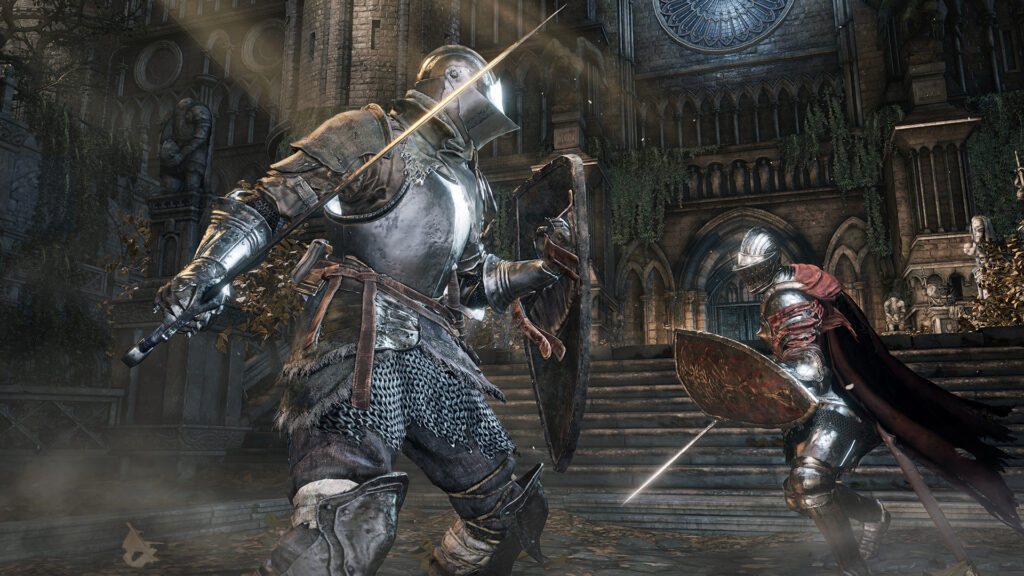The Demon Prince is one of the toughest bosses in Dark Souls 3. Uncover the story behind his design, including the scrapped flying mechanic.

In the Dark Souls series, every enemy, no matter how small, presents a challenge that can punish players for even the smallest of mistakes. But it’s the bosses that stand as the true test of skill and patience. Among many bosses, Demon Prince from the Ringed City DLC of Dark Souls 3, stands out as one of the most difficult.
 The game has many intense and challenging bosses. | Image Credit: FromSoftware
The game has many intense and challenging bosses. | Image Credit: FromSoftware
From his fiery entrance to his devastating attacks, Demon Prince is a menace. However, what many players may not know is that he originally planned to fly during the battle, making him an even more formidable foe. Unfortunately, due to map constraints, this move was scrapped and instead, a small jump was added.
Dark Souls 3‘s developers wanted to make Demon Prince fly
 The designer wanted the boss to fly. | Image Credit: FromSoftware
The designer wanted the boss to fly. | Image Credit: FromSoftware
In Dark Souls 3, after defeating the following bosses: the Demon in Pain and Demon From Below, players are treated to a cinematic cutscene where fire gathers inside the corpse of the last demon slain.
A few seconds later, an explosion reveals the Demon Prince, who emerges from the charred remains. This literal fiery entrance was followed by the sprouting of large wings, hinting at a more powerful, airborne opponent. Looking at the wings, many players assumed the boss might fly.
While that was the case, and the boss was supposed to fly mid-battle to enhance his intimidating presence, in an interview with CGWorld, the motion designer revealed that the flight mechanics were ultimately discarded. The reason? The game’s map constraints. He said:
Since the Demon Prince has wings, I was ordered to make it fly […] we would need to enlarge the map. But we couldn’t enlarge the map, so the flying motion that the commision wanted ended up being discarded.
The arena where players fight the Demon Prince was simply too small to hold a flying boss. The motion designer explained that if the boss were allowed to fly, he would have constantly collided with the walls of the arena, disrupting the flow of the fight and the immersion.
To compensate for the discarded flight mechanic, the developers opted to give the boss a small jump instead (the slam attack). While this jump may seem insignificant compared to the flight, it was a creative solution that allowed the Prince to still appear dynamic and powerful (make use of his wings).
The challenge of innovation under time pressure
 The development process is more complex than most players think. | Image Credit: FromSoftware
The development process is more complex than most players think. | Image Credit: FromSoftware
While many might think, “just expand the map,” the development process is more complex than that. Creating a boss like the Demon Prince involves more than just designing a character model or attack set.
The motion design for such a boss requires careful consideration of both visual and gameplay aspects. The developers wanted to innovate and push the limits of what was possible, but they also had to work under strict time constraints.
In the interview, motion designer shared that over 100 motion patterns were created for the Demon Prince, with many of them ultimately being discarded, including the flying animation.
The more time you spend on it, the higher the quality will be, but the time you can use is limited, so the challenge is how much you can improve the quality within that time.
Despite the various challenges (time and resources), the team managed to develop a series of dynamic attacks, movements, and interactions that would test the player’s skill in new and engaging ways.
The evolution of game engines and hardware could allow such flying mechanics to be executed more seamlessly today. This potentially allows future Dark Souls titles more freedom in creating large-scale, multi-faceted boss battles.
In the end, while the Demon Prince didn’t take to the sky, his flaming presence on the battlefield still remains one of the most intense and memorable encounters in the franchise.





